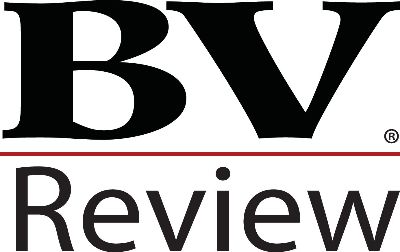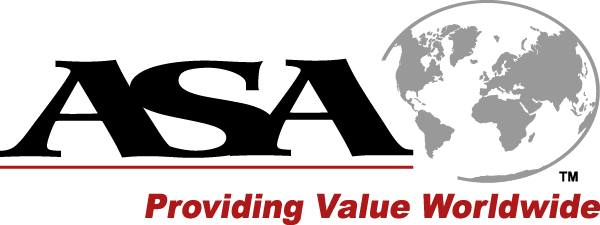Pass-through Entities: A Tax Equivalent Method to Adjust the Cost of Equity
A contentious debate continues between the IRS, tax courts, and valuation professionals regarding the valuation of pass-through entities. Considerable diversity of practice has risen around the taxation treatment and benefit determination of pass-through entities when using cost-of-capital estimates derived from public equity markets. Lacking direct evidence of the cost-of-equity capital in a privately held entity, valuation practitioners often turn to the public equity markets for a cost-of-equity measure to use when applying income-based valuation methods. Over the years, valuation practitioners have adopted various pass-through entity adjustment models to reconcile the value of pass-through entities relative to public companies. However, many of the pass-through models currently in use do not consider all of the tax burdens that may be included in the publicly derived equity risk premium. Following others, we review support for the notion that using public stock market returns to derive a cost-of-equity rate implicitly considers both the corporate and individual tax rates in those returns. We support the impact of tax clienteles on equity prices and that industry-specific tax expectations are also included in equity prices. We argue that pass-through adjustment models in use may misstate the taxation advantages of pass-through entities. We offer a formula to estimate the inferred tax rate on public equity investment and show how to adjust the cost of public equity when tax affecting using these inferred tax rate assumptions.
Contributor Notes
Mike Smith, ASA, CFA, CVA, is a senior manager in the valuation department of Baden Gage & Schroeder, LLC, a public accounting firm in Fort Wayne, Indiana. His area of practice includes valuing small and middle market companies. E-mail: Msmith@badencpa.com.

